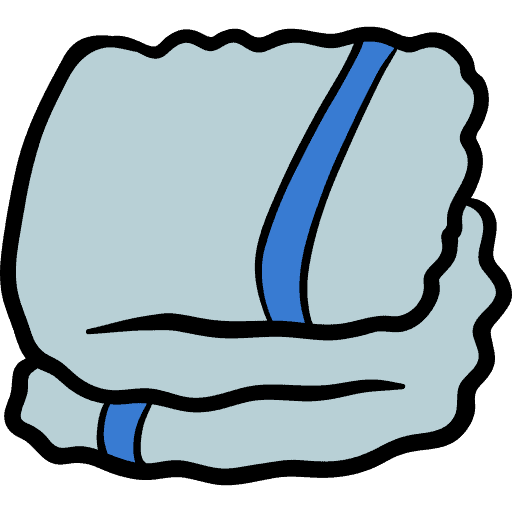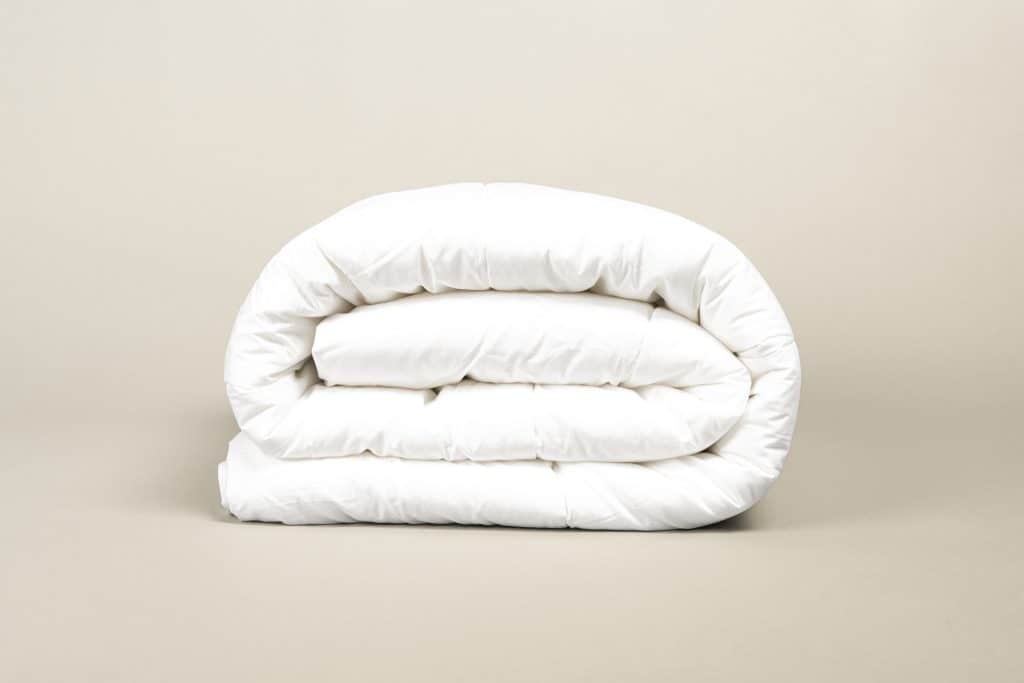Duvets
How to Put on a Duvet Cover?
You might have attempted to put on a duvet cover but ended up with lumps and bunched areas. For some people, putting on a duvet cover may be a struggle. How do you put it on without taking your time? How do you prevent lumps and bunches from happening? Is there a quick and easy way?
Wrestling with a duvet cover can be a big waste of time and effort. Luckily, we have a step-by-step guide on the different ways to put on a duvet cover.
Why Use a Cover?
But before anything else, many of you might be asking why we have to use a cover in the first place. Isn’t the duvet enough for a good night’s sleep?
A duvet cover is a good way to avoid cleaning hassle. Washing a whole duvet is more time-consuming, so using a cover is a more practical choice. A duvet cover is a sheet of fabric that you put on over the duvet. It doesn’t keep you warm but it can give your bed more colour. It is also easier to wash because it is lighter and thinner. Best of all, it protects your duvet from dead skin cells, sweat, saliva, dust and germs
Using a cover means you don’t need to wash your duvet as often. You just need to wash the cover (and the rest of your bedding) once a week to maintain hygiene.
Duvets by themselves are also more expensive than the covers. Depending on the filling, a good quality duvet can cost hundreds of pounds compared to just the cover. Some duvets require dry cleaning. Others are machine-washable and can be tumble-dried if you have large-capacity machines; otherwise, they take days to hang dry.
How to Put on a Duvet Cover?

The Traditional Way
- The first step is to place the duvet flat on top of your mattress.
- Next, take your duvet cover and turn it inside out.
- Put your hands and arms inside the cover and find the top two corners.
- Find the corners of the duvet while still holding the duvet cover corners in your hands.
- Grab the duvet corners while flipping over the cover so that the mouth of the cover begins to cascade over the duvet.
- Keep shaking the cover until the open mouth reaches the other end of the duvet.
- You may need to shake the cover and duvet from time to time to make sure that they are aligned.
- Once the mouth of the cover reaches the end of the duvet, zip, tie or button it up.
- Give your newly covered duvet several shakes to make sure that there are no lumps and to ensure that both the cover and duvet are aligned inside.
- Arrange the covered duvet on the bed. Add pillows.
- Enjoy a clean and newly made bed.
California Roll
- Start by turning your cover inside out. Then put it down so that it’s on top of your bed with the opening away from where you’re standing.
- Then take your duvet and lay it down on top of the inverted cover. Make sure that all the edges and corners are lined up.
- There are duvets that use ties. Tie all the corner and interior ties.
- Now, it’s time to roll. Start at the closed end, which is nearest where you’re standing. Roll the duvet and cover together. Pause occasionally to ensure that the duvet and cover are lined up. Adjust if needed.
- Keep rolling while ensuring that everything is aligned.
- Once the cover and duvet are rolled together, take the end of the cover where the opening is, flip it (turning it outside in), and stuff the rolled duvet in it.
- Close the duvet. Some duvets use zippers, others ties and buttons.
- Position the roll on the bottom of the bed where your feet go.
- Now unroll the newly covered duvet.
- You might need to shake and arrange as you unroll to align the cover and duvet. This will also prevent lumping.
- Shake or fluff it up to make it look nice.
- Arrange it on your bed. Add pillows.
- Enjoy a clean and newly made bed.
What’s the Difference Between a Comforter and a Duvet?
At first glance, duvets and comforters look the same because they are both thick blankets that provide good insulation.
A comforter is a single piece of bedding. It is a thick and quilted blanket, designed to keep you warm. Comforters are usually filled with synthetic fibre and are quilted to ensure that the filling is distributed evenly.
Comforters are designed to sit on top of your sheets. In most cases, comforters make up a bedding set with matching pillowcases and sheets. Caring for your comforter is easy because it can be washed with your regular bedding.
Duvets consist of a soft, flat bag filled with materials like down, feathers, wool, fibrefill and other materials. The duvet originated in Europe but is now becoming a popular choice in the States as well. It is normally protected by a duvet cover to keep dirt, oils, saliva, germs and bacteria away from the duvet itself. A duvet cover gives the duvet a fresh new look because it can be easily slipped off and changed. Duvet covers are a good idea because duvets are harder to clean and wash.
Wrap-up
Duvets can be expensive. Think how much a wool or all-down duvet could set you back. However, no matter what filling is used, washing them regularly is difficult. Not only do they need special attention like dry cleaning, but drying them at home is time-consuming. All this expense and hassle can be avoided by using a duvet cover.
Good hygiene is important. A clean bed is comfortable and helps provide good quality sleep. Cleanliness also keeps the bed bugs away. Remember to change your sheets once weekly, including your duvet cover.

